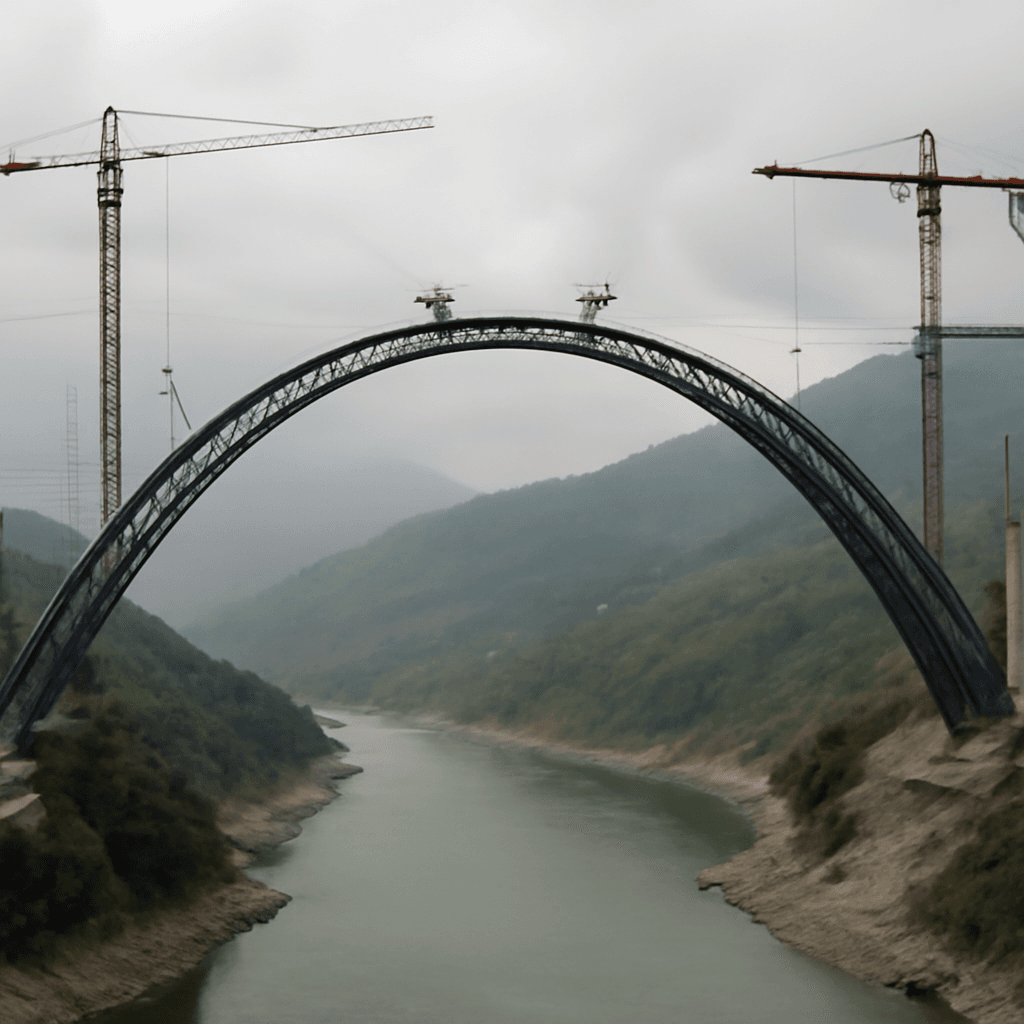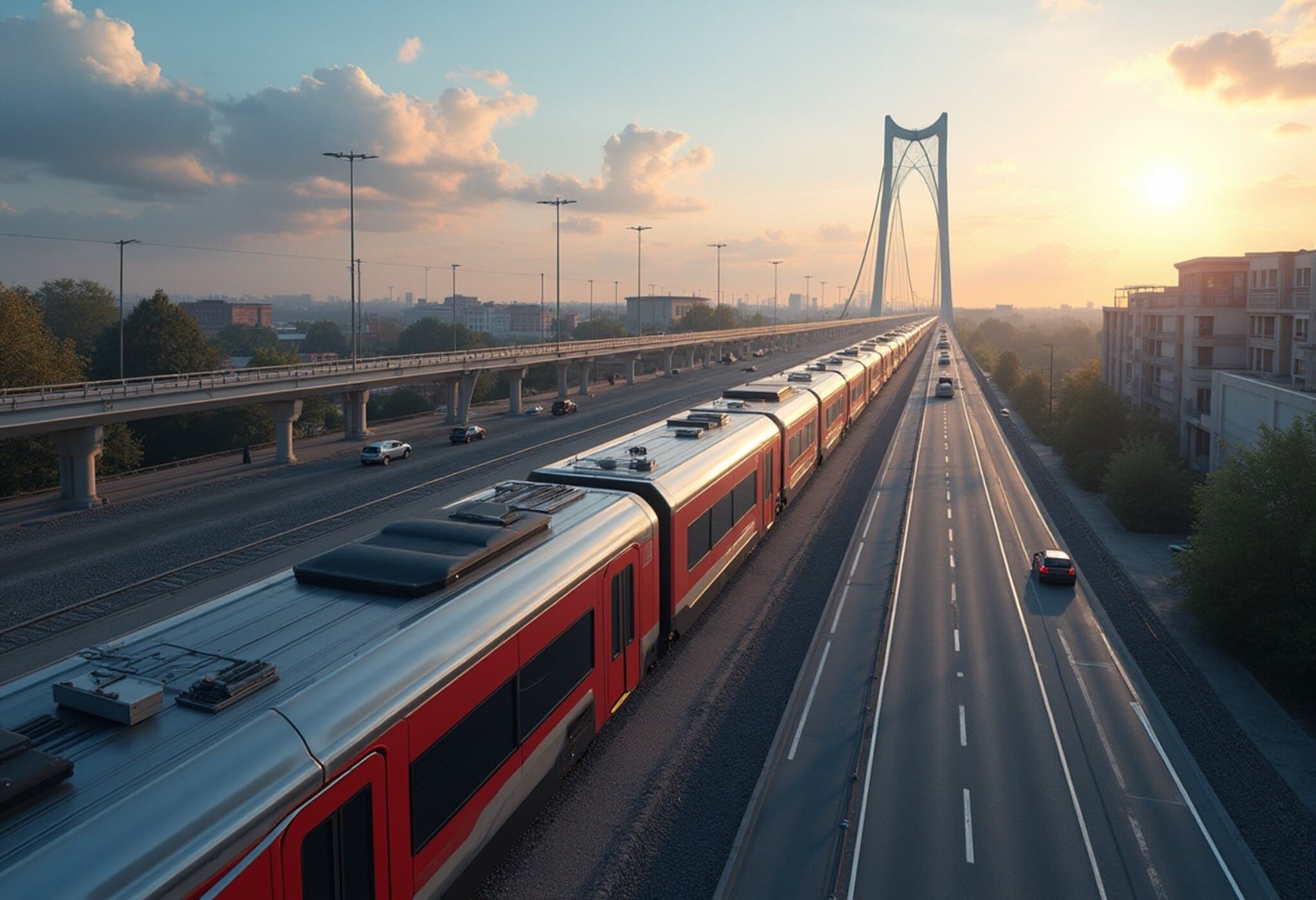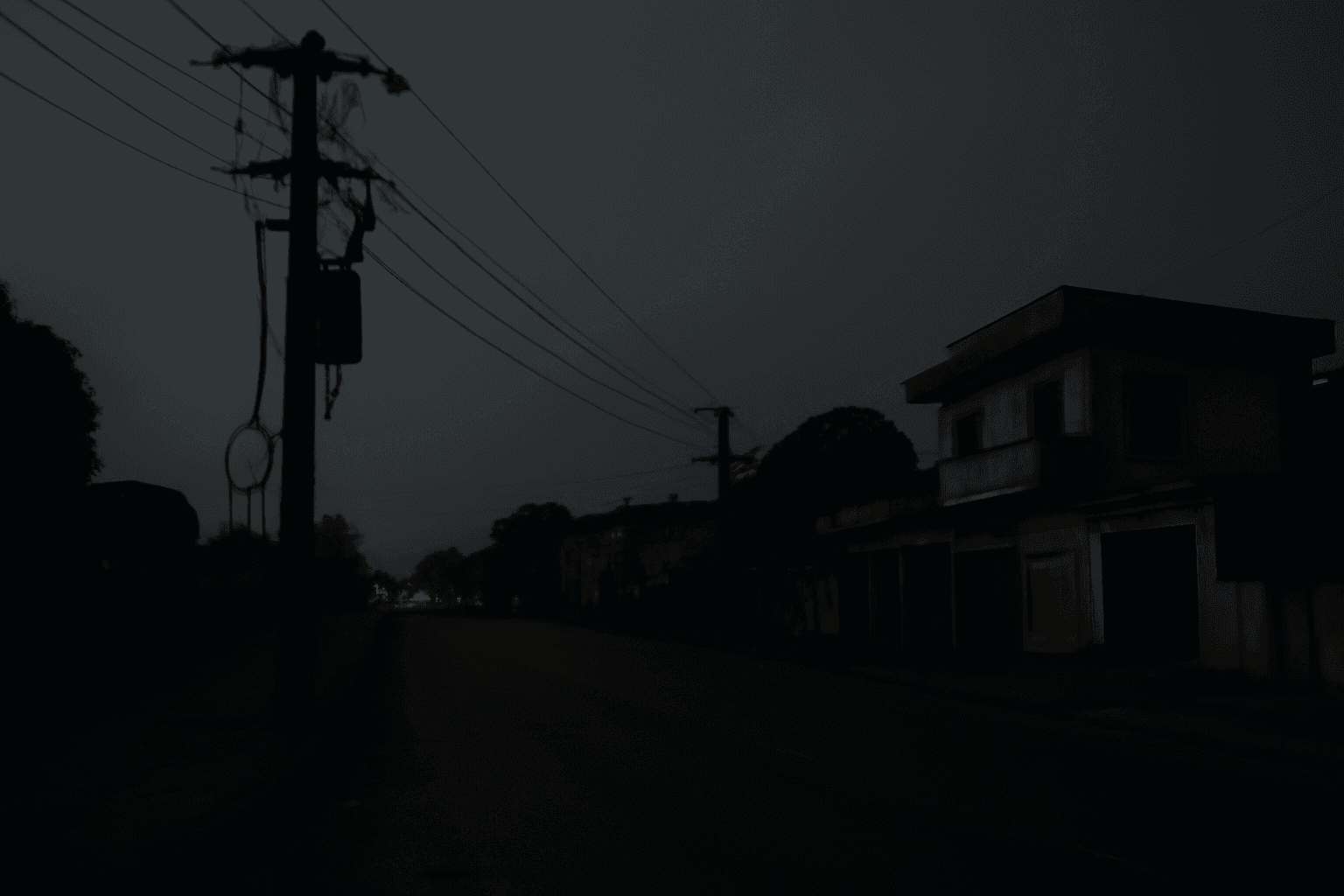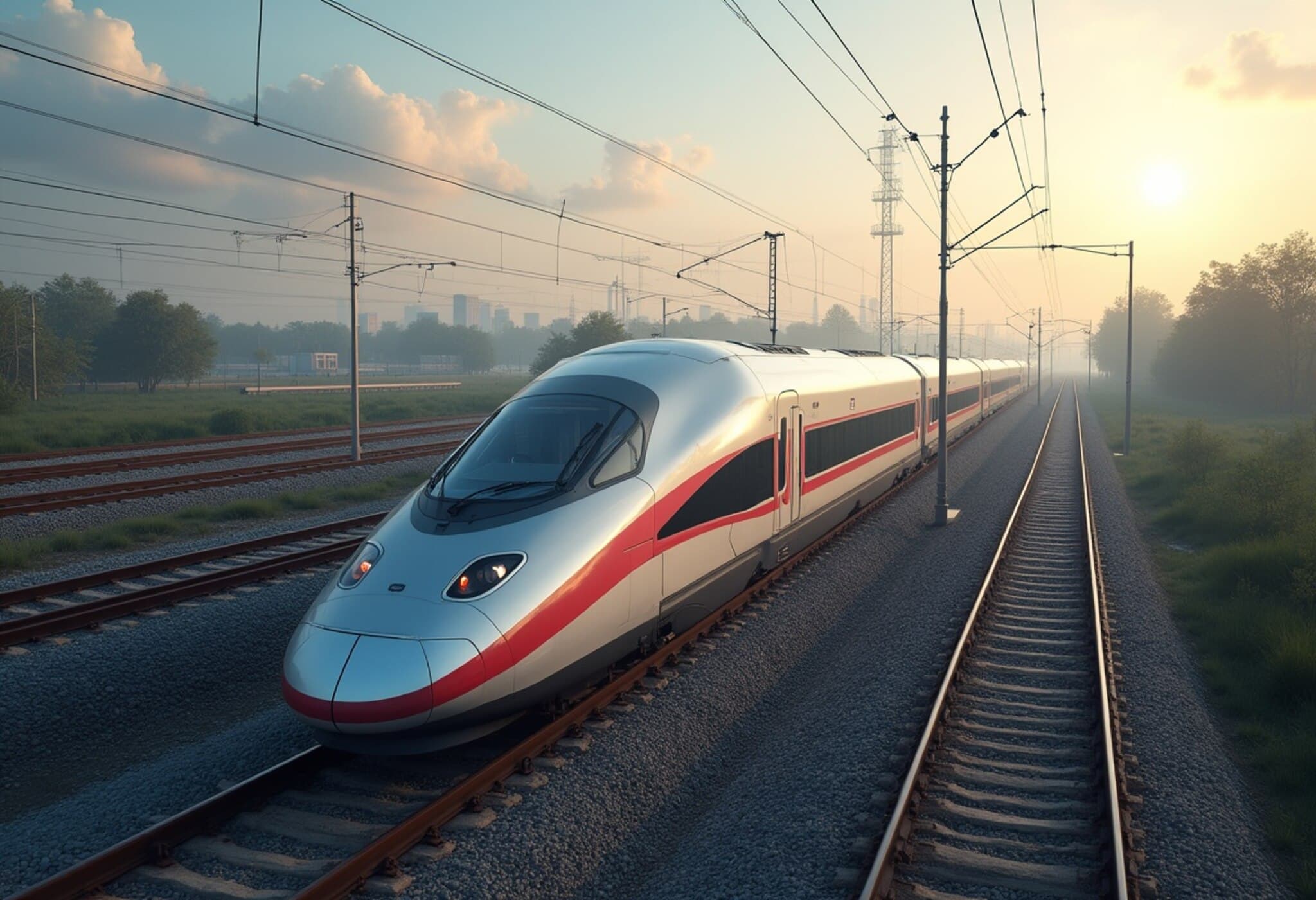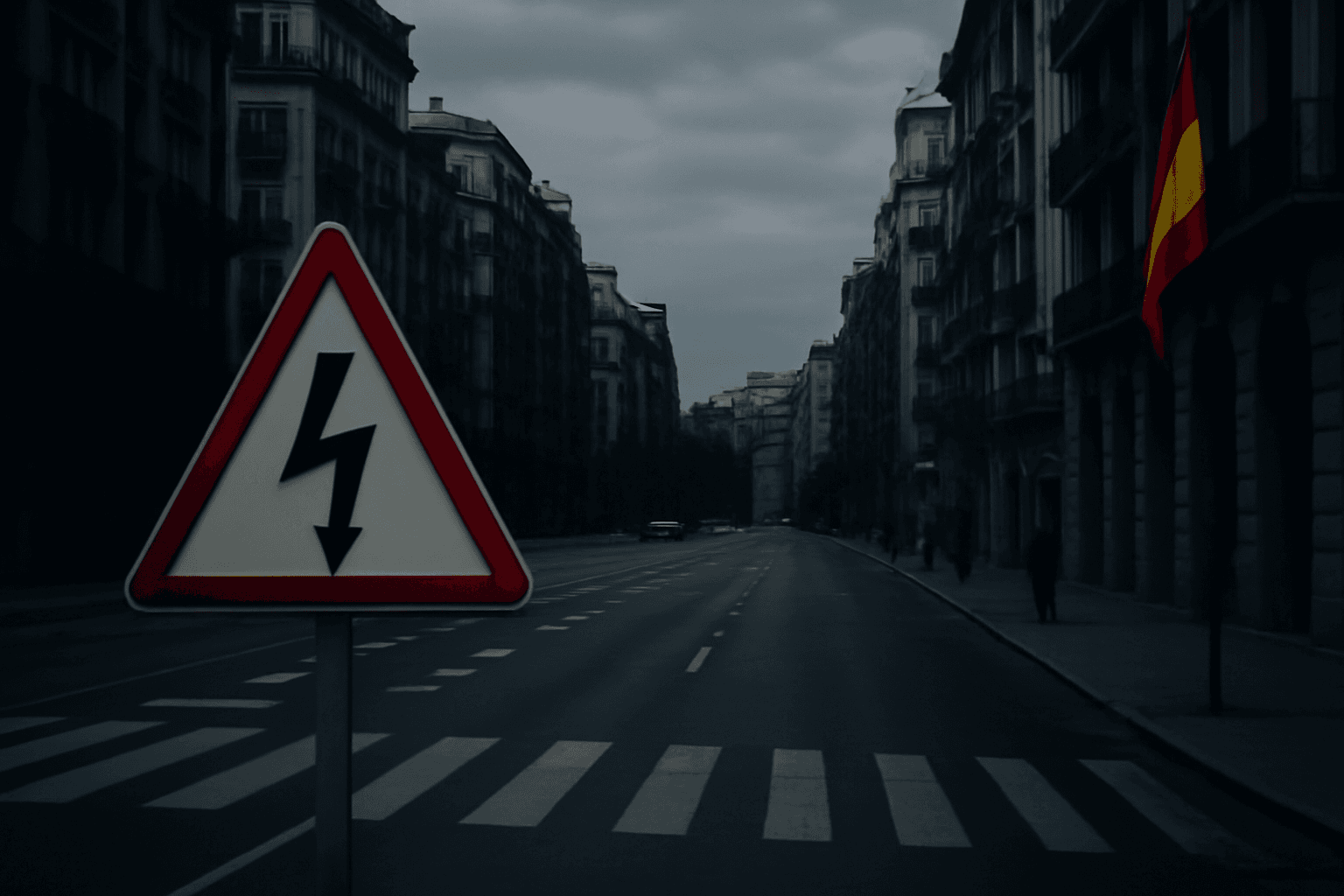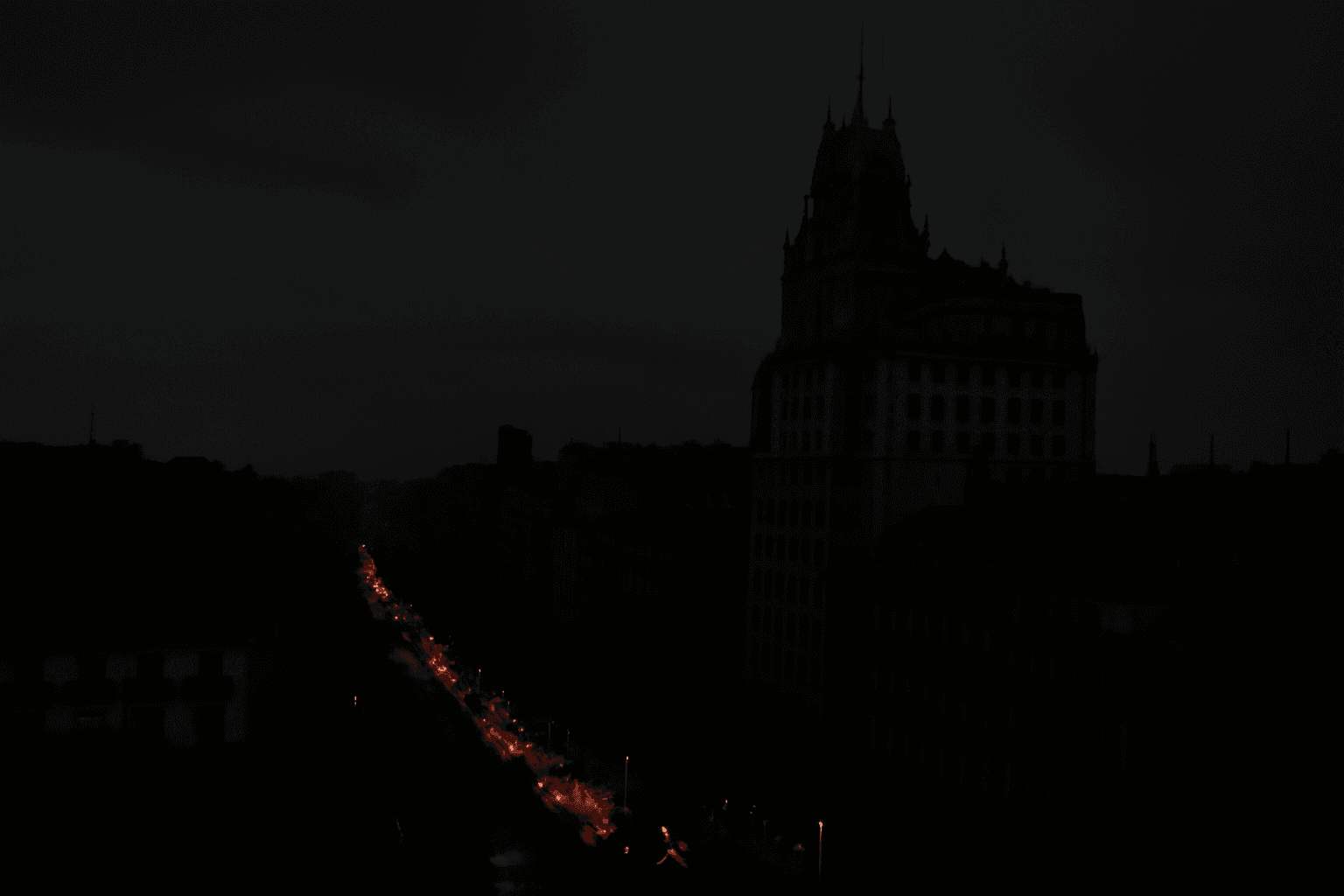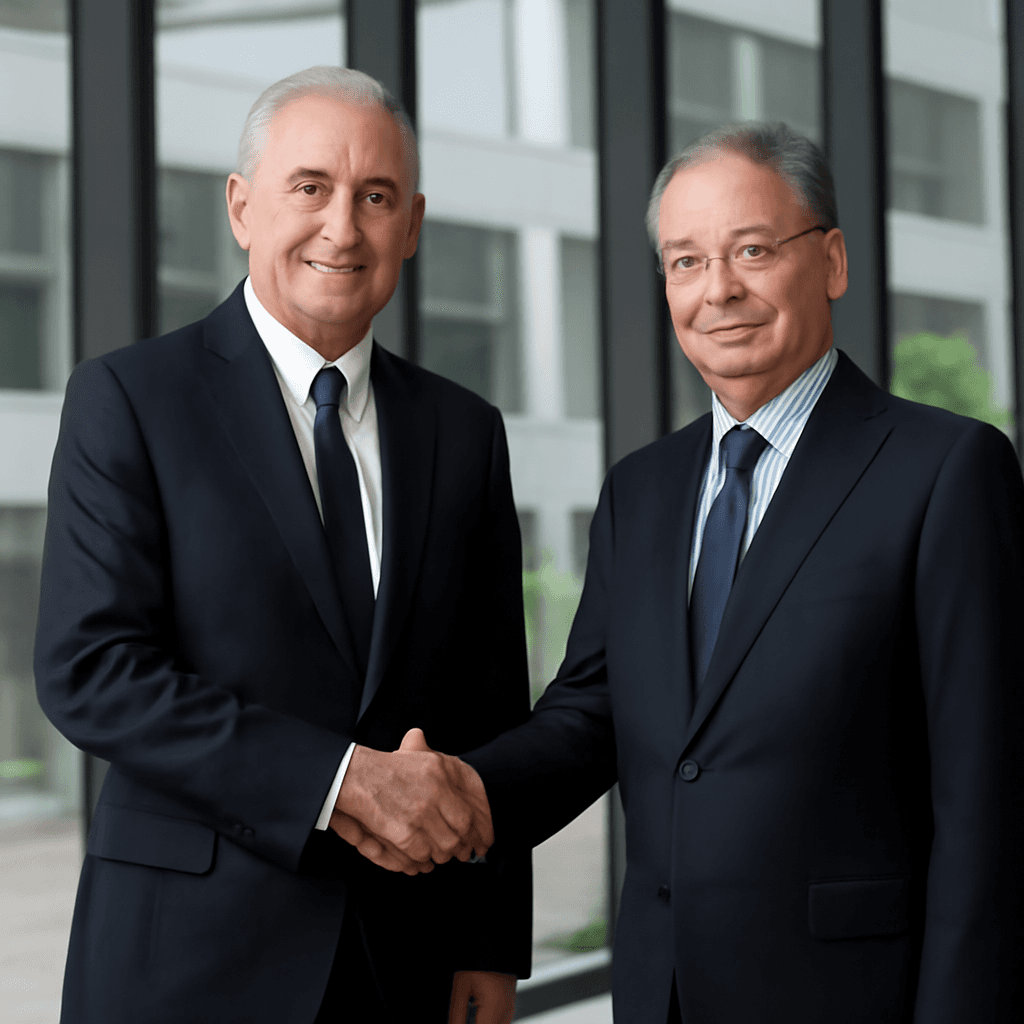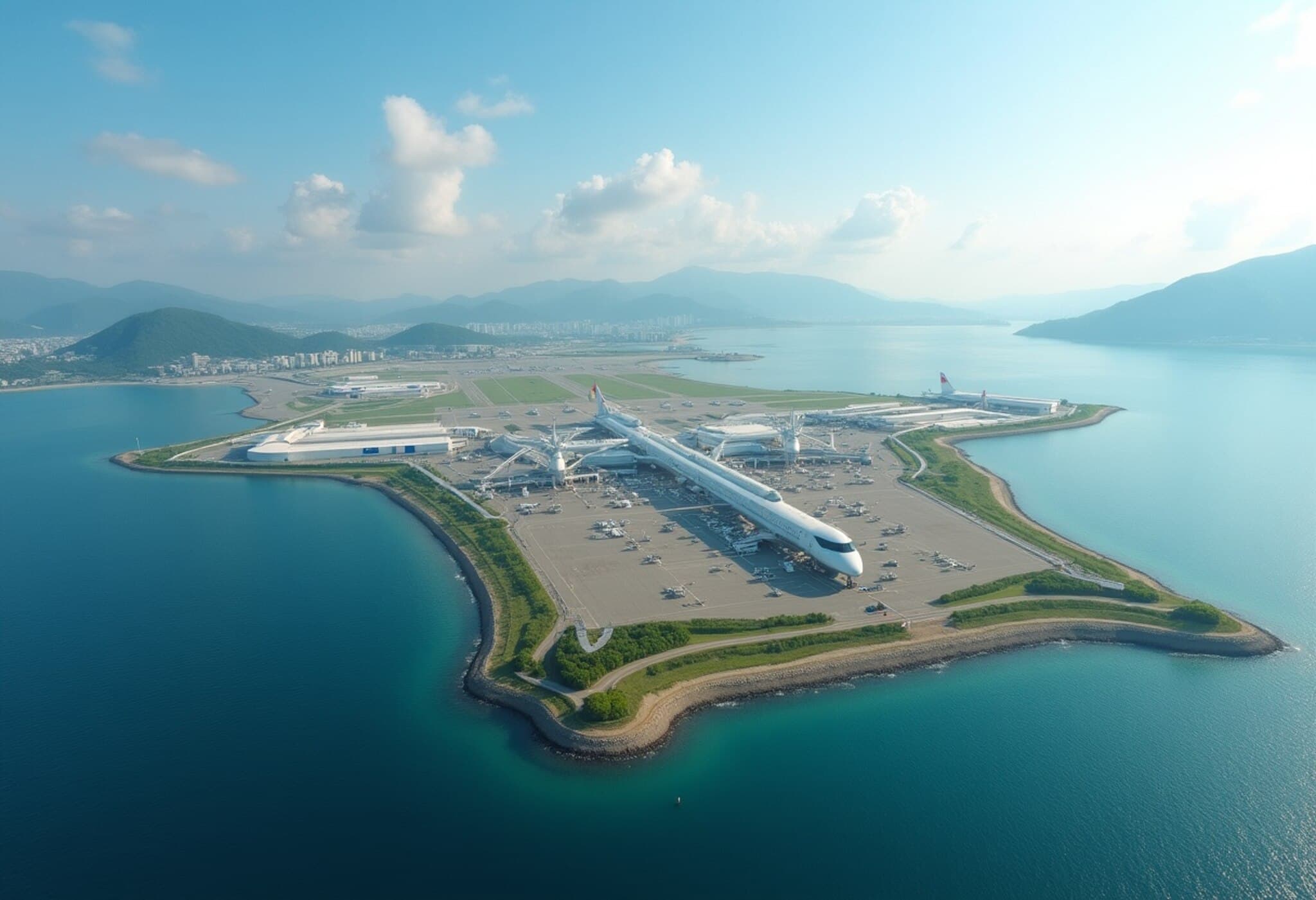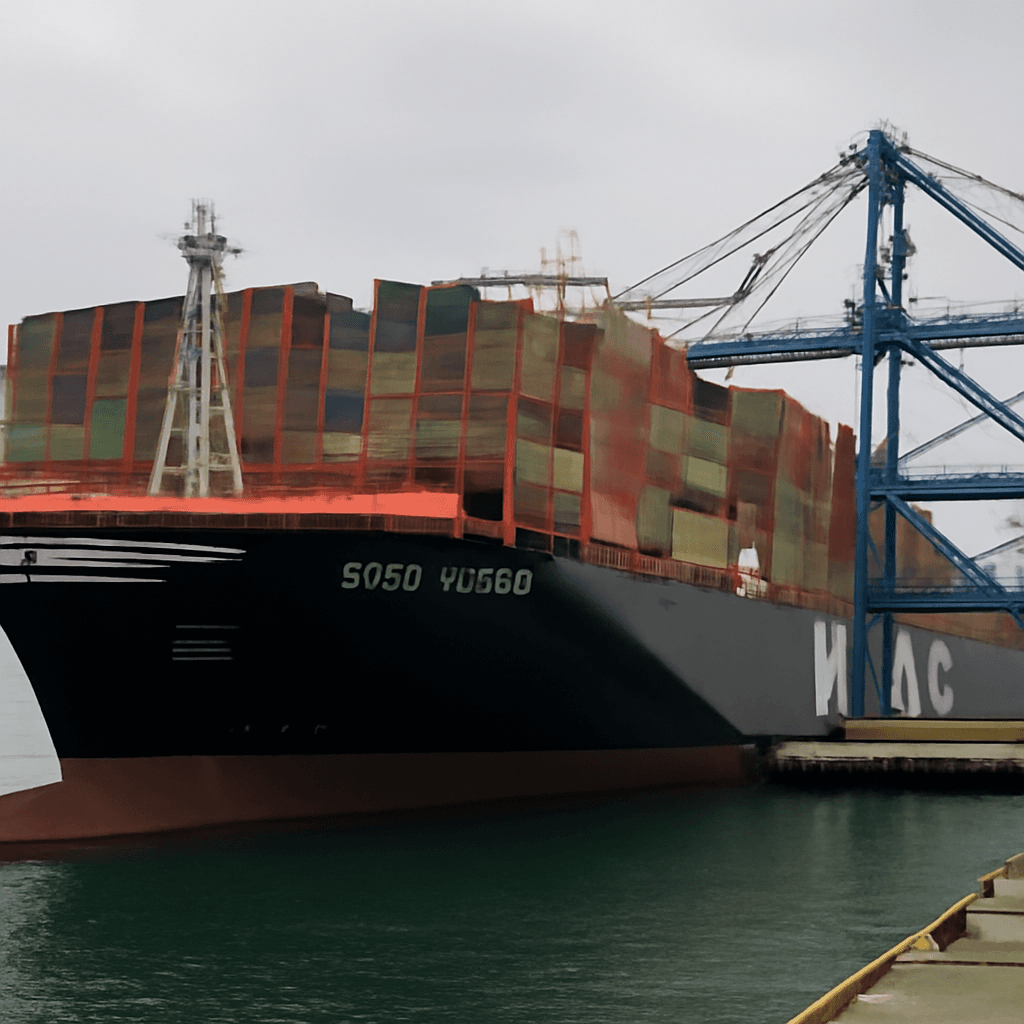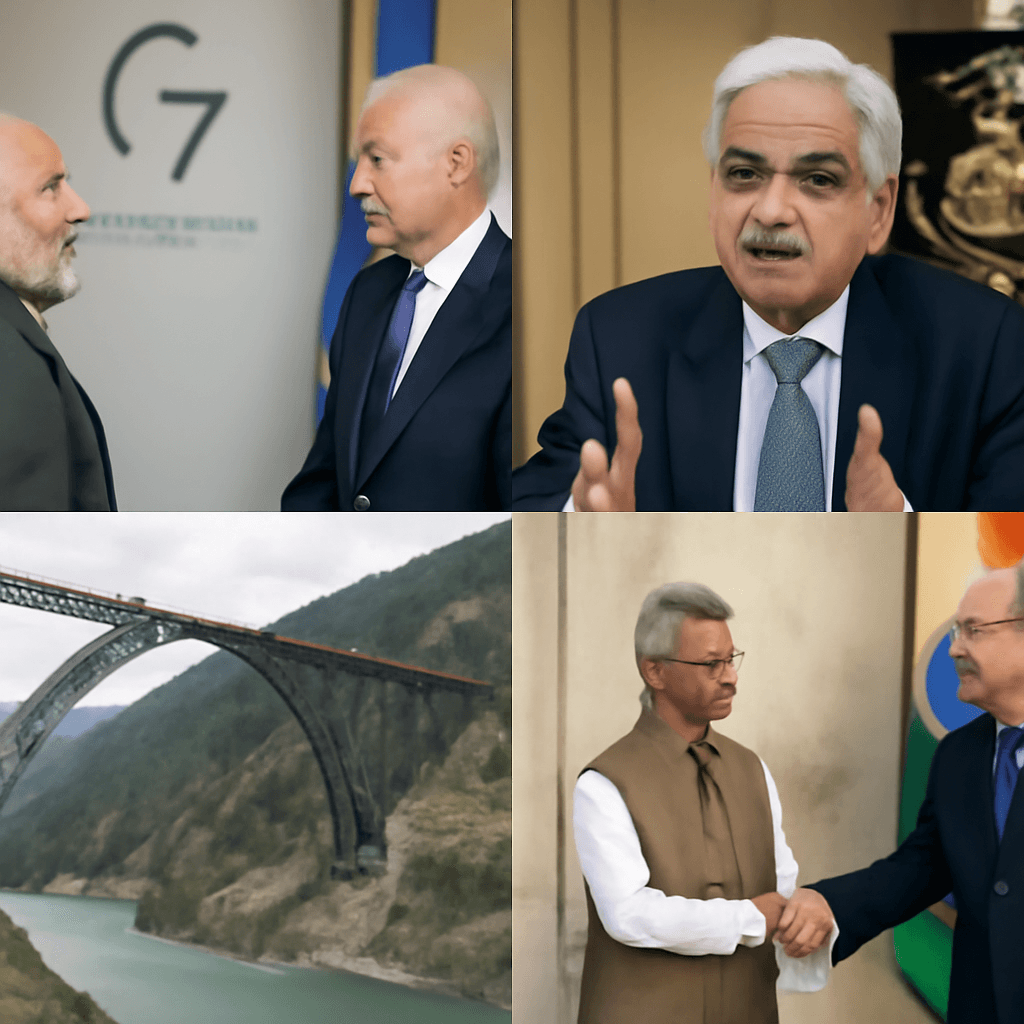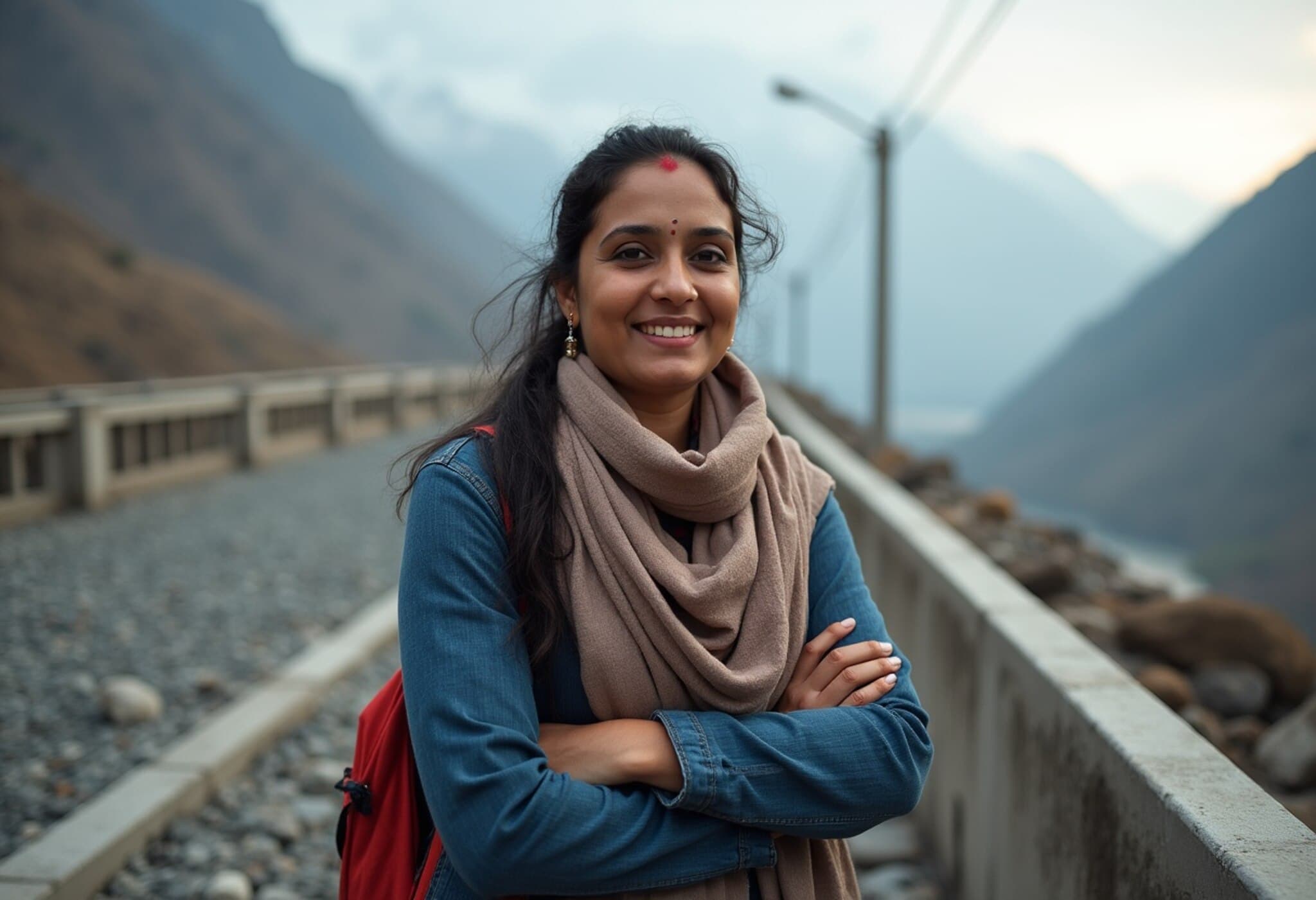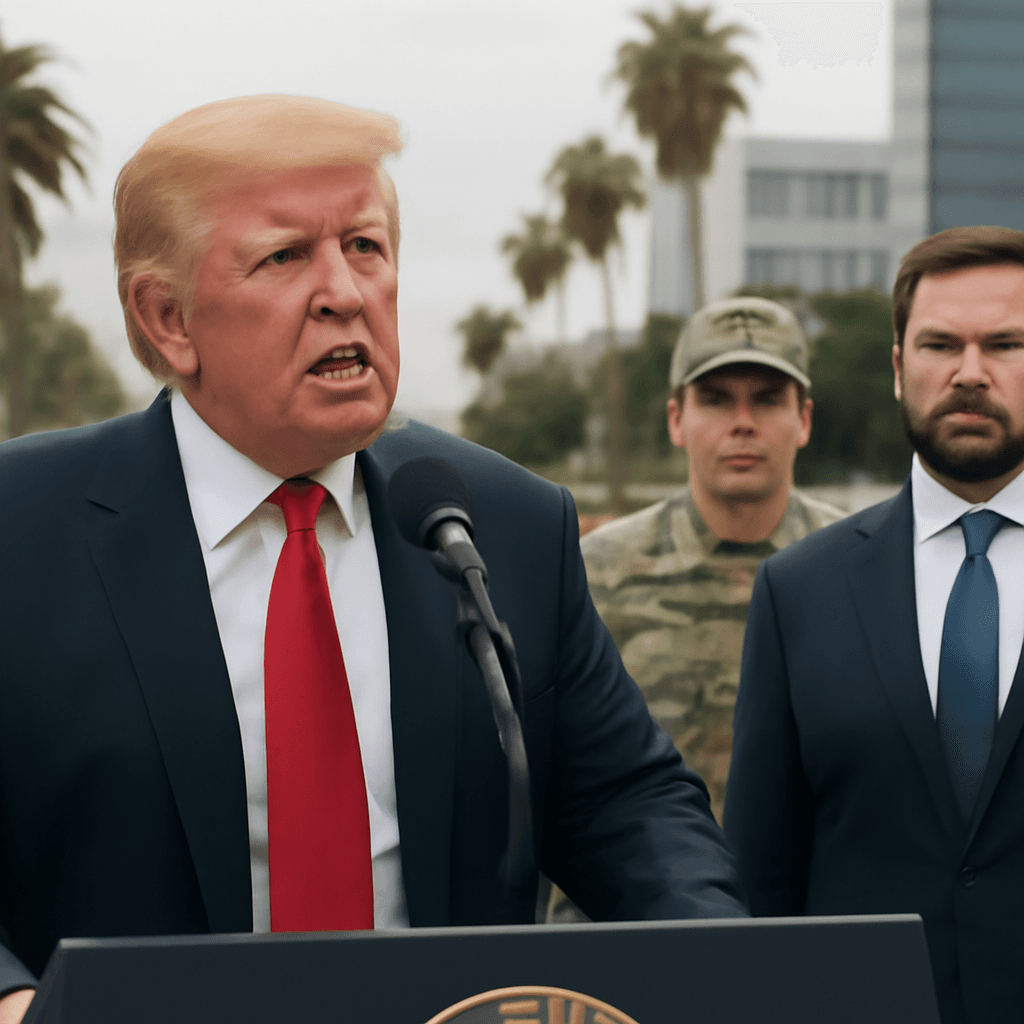Overcoming Legal Hurdles Alongside Engineering Challenges
Constructing the world's highest cable-supported single-arch rail bridge over the Chenab River was no small feat. Beyond the daunting terrain and complex geology, the project faced significant legal obstacles that stalled progress for years. Since 2008, a series of Public Interest Litigations (PILs) questioned the bridge’s alignment, methodology, and escalating costs, casting uncertainty over the critical Katra-Banihal rail link.
Delays Triggered by Prolonged Court Battles
Although construction commenced, the ongoing legal wrangling slowed work to a near halt for nearly two years. These PILs challenged not only the project's engineering blueprint but also its financial feasibility, resulting in prolonged delays and disruption. Senior railway officials acknowledged that these legal disputes significantly hindered the project's timeline.
Legal Resolution Paves the Way for Full-Scale Construction
The turning point came in 2016, when the Delhi High Court accepted the railways’ position regarding the project’s safety and design in April. Subsequently, the Supreme Court disposed of related cases three months later, clearing the path for an accelerated construction phase.
Following these rulings, construction efforts intensified post-July 2016, marking a crucial step forward for the railway’s ambitious goal.
Role of Expert Committees and Government Advocacy
Legal complexities escalated when a committee led by engineering expert E. Sreedharan, appointed by the courts, raised concerns about the proposed alignment. To counter this, the government engaged senior legal counsel to defend the project’s validity vigorously.
Ultimately, the Railway Board furnished a comprehensive affidavit affirming the alignment's safety, security, and technical soundness. The High Court dismissed the challenges, endorsing the existing design and confirming the bridge’s structural integrity.
Lessons from a Protracted Battle
Reflecting on the ordeal, railway officials noted that without the prolonged legal confrontations, the bridge might have been completed much sooner. This experience highlights the often overlooked but significant impact of judicial processes on critical infrastructure projects.
Key Takeaways:
- Legal challenges delayed construction for nearly eight years, with work slowed significantly between 2008 and 2016.
- The Delhi High Court and Supreme Court rulings in 2016 were pivotal in resuming full-scale work.
- Expert review and government defense confirmed the project’s safety and feasibility.
- This episode underscores the intersection of engineering prowess and legal navigation in major infrastructure development.

